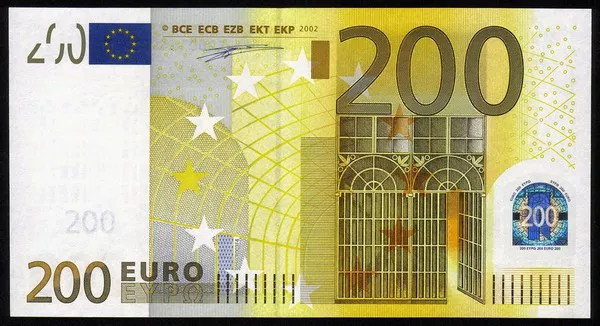The EUR/GBP pair continues its downward trajectory for the second consecutive session, hovering near 0.8590 during the early European session on Friday. The decline is attributed to improved production data from the United States (US) and key economic indicators from the United Kingdom (UK).
The UK’s industrial sector exhibited signs of recovery in November, as reported by the Office for National Statistics (ONS). Manufacturing Output rose by 0.4% MoM, surpassing expectations of 0.3% and rebounding from the previous decline of 1.2%. Total Industrial Production (MoM) remained steady at 0.3%, meeting expectations and recovering from the previous month’s decline of 1.3%. However, the annual UK Manufacturing Production increased by 1.3%, falling short of expectations at 1.7%. Total Industrial Output declined by 0.1%, against the estimated growth of 0.7%.
Despite the positive industrial data, the UK Total Trade Balance for November showed a deficit of GBP 14.189 billion, beating expectations and improving from the previous figure of GBP 15.936 billion. Traders will now turn their attention to UK labor market data scheduled for release on Tuesday.
On the Euro side, the common currency faced losses, possibly influenced by comments from European Central Bank (ECB) President Christine Lagarde. Lagarde stated on Thursday that the most challenging phase for the Eurozone was likely behind, and interest rates would be reduced if the ECB had certainty that inflation had declined to the 2.0% level. She also indicated that interest rates in the Eurozone had peaked after a rapid increase in response to high inflation last year.
Looking ahead, market participants will await the release of November’s Industrial Production data for the Eurozone’s manufacturing sector on Monday. The focus will then shift to German and European Monetary Union Consumer Inflation data on Tuesday and Wednesday, respectively, providing further cues for the EUR/GBP pair.




























